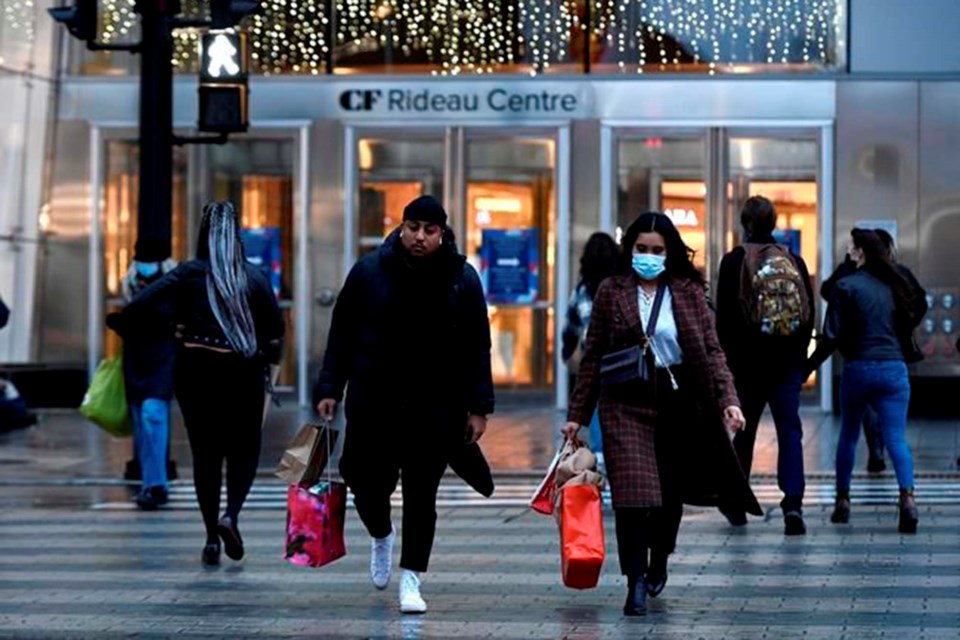From transportation to clothes to entertainment, Canadian households spent almost 3 per cent less on goods and services in 2021, according to Statistics Canada.
The biennial survey of household spending was released last week and found spending declined in 2021 for the first time since 2010. The average Canadian household spent $67,126 on goods and services. Shelter, food, and transportation continued to be the largest household costs, but the pandemic impacted how that money was used.
More of the average total household budget went to shelter costs in 2021 than in 2019. The amount going to mortgages was up 7.8 per cent and renters paid on average 5.9 per cent more.
An overall drop in transportation spending of more than 20 per cent was chalked up to fewer vehicles being purchased, and a decline in the amount spent on fuel (despite higher gas prices).
While spending on recreation, entertainment, and clothing fell substantially, the demand for home renovations and a strong housing market led to an increase of 44 per cent on household furniture and equipment compared to 2019. Communications expenses also rose, driven by purchases of new phones and internet services.
B.C. had the highest average spending on goods and services with $75,028, and Alberta followed close behind with an average spending of $75,003 — the first time in nearly two decades the province was knocked from the top spot.
“The initial and legacy impacts of the oil and gas sector has created a bit of a wage premium in Alberta,” said Mike Holden, chief economist for the Business Council of Alberta.
“Combined with the fact that we have a relatively low tax burden, it just means that Albertans have more disposable income to spend, and it goes farther when they do spend it.”
“That's a major driver, I think, behind the fact that consumer activity in the province is stronger here than anyplace else.”
Though the average wage in Alberta is still above the national average, this advantage has started to slip in recent years as inflation has outpaced wage growth, Holden said.
Average household spending in Alberta was down 6 per cent in 2021 compared to 2019, roughly twice the national average.
“One of the challenges we've seen over the last little while is that our purchasing power has been falling because inflation has been chipping away at the amount that we have to spend,” Holden said.
“What we're seeing is individual consumers, both in Alberta and across the country, are starting to spend less on big-ticket items — on cars, on home furnishings, on things you'd buy at a hardware store,” he said.
Since the Statistics Canada survey, there has been a bit of a change in consumer habits, Holden said. Now, more is being spent on food, clothing, sports, and recreational equipment, driven in part by rising costs.
Albertans are still spending less than in previous years, but the influx of newcomers is making up for it in consumer markets, Holden said.
“We're in this interesting situation where the Canadian population is surging, and the Alberta population is growing even faster. I think we're adding like 40,000 people per quarter to the province, which is a huge number. And so even as individual Albertans are starting to spend less, where their money isn't going as far, there's so many more of them that it's helping keep retail activity and consumer activity afloat.”




